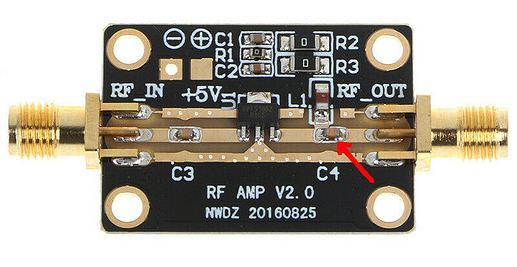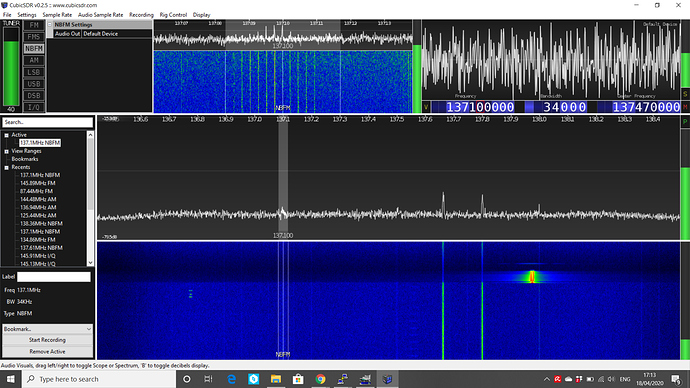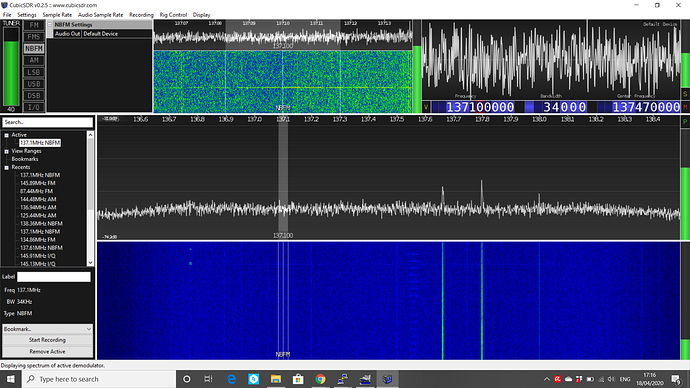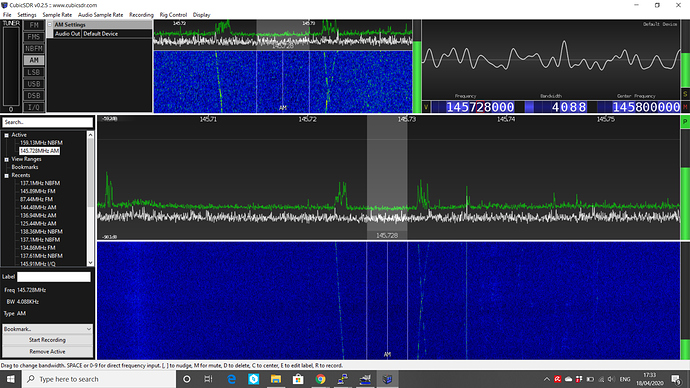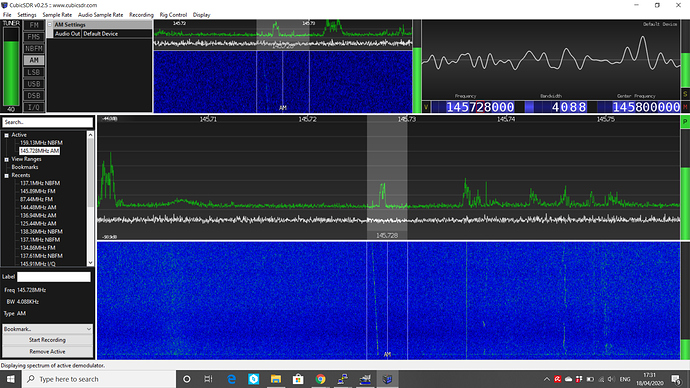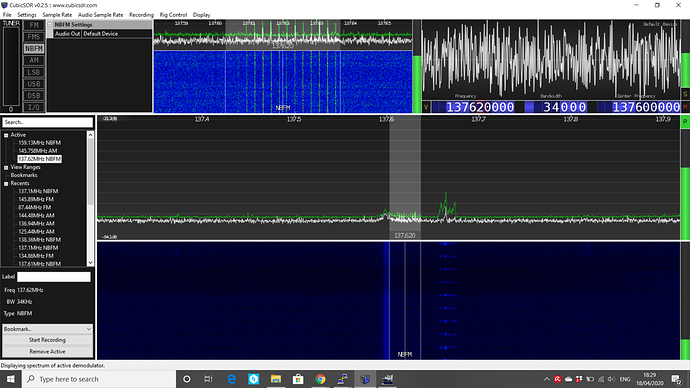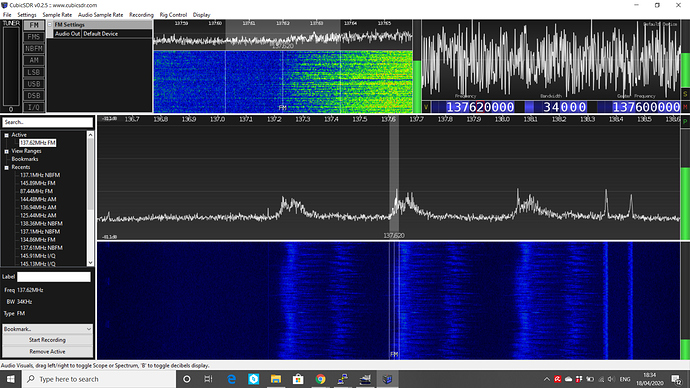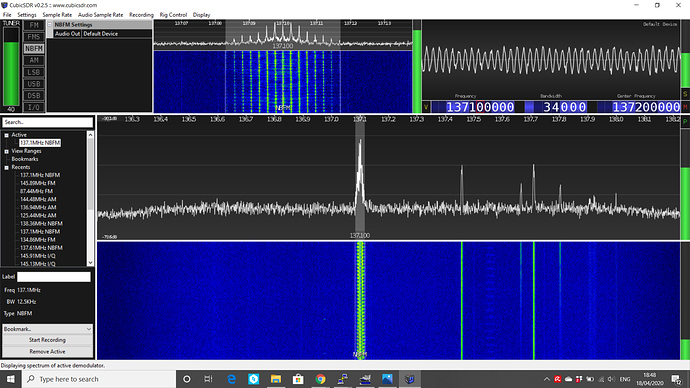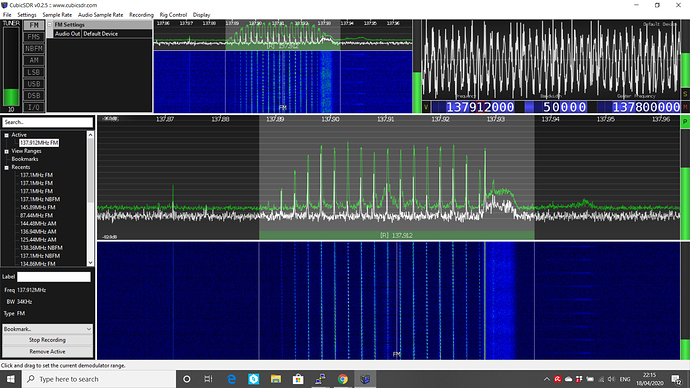Thanks guys for your help. I’ve rebuilt the balun in a slightly more robust manner. Am rather surprised the old one lasted 20 years and suddenly broke now, but I guess it’s not been moved about much. Then I cycled out to get an inline connector thrown at me from two metres social distance - essential for sanity and keeping the belly in check.
Interesting idea to try the bandstop after the LNA @0xCoto. I’ve done some experiments, but it’s tricky trying to do it all within the time of a satellite pass with the antenna up the loft and turning the bias tee on and off - which necessitates a restart of SoapySDRServer and CubicSDR. I’ve got the bandstop after the LNA at the moment, but will try it each way on the next suitable pass.
I’ve no VNA here @vk5qi but if there’s not something at work I can borrow or run it through, then maybe it’s worth investing in more tools at home. 
Here’s what I’ve managed to find so far:
FM broadcast band stop filter
LNA in-line but no FM broadcast band stop filter:
LNA in-line but with FM broadcast band stop filter near the RTL SDR dongle:
That shows it’s working as a band stop, so no loose connections or anything like that, but doesn’t reveal not else.
NOAA 19 pass
Then, I looked to see what I could get during an NOAA 19 pass:
LNA, powered up adjacent antenna, no band stop:
Evidence of APT signal, but very noisy.
LNA removed (couple in-line), no band stop:
Clear APT signal, much less noise.
LNA removed, band stop filter adjacent antenna:
Inconclusive, I think the bird had passed by the time I got up the loft and back down  . Shame as it would have been clear what the loss from the band stop was.
. Shame as it would have been clear what the loss from the band stop was.
XW-2B
With the NOAA bird gone, I switched to the next prediction I could see with a reasonable success elsewhere - XW-2B. I didn’t expect much but thought it worth a try and was quite surprised.
LNA (powered) then band stop:
LNA (unpowered) then band stop:
I turned off the bias tee and got CubicSDR up and running again before heading up to remove the LNA. I was quite surprised to find some doppler signals still visible, albeit with a fair bit of RTLSDR gain required.
Band stop adjacent antenna, no LNA:
Still good.
Next steps
There’s a NOAA 15 and NOAA 19 pass shortly. I’ll try the band stop either side of the LNA and maybe repeat the inconclusive LNA removed, but band stop filter in place test before going back to no LNA.
I feel like I’ve somewhat hijacked @thomp376’s thread but it’s the same issue and hopefully getting to the bottom of it will assist him too.

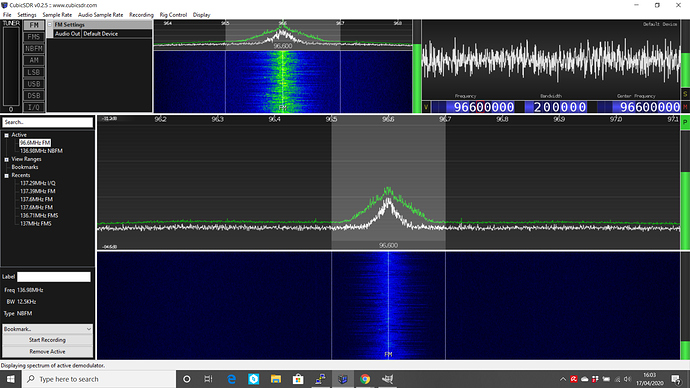
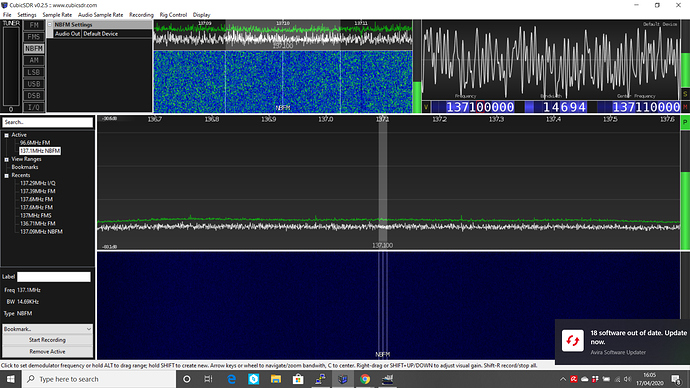
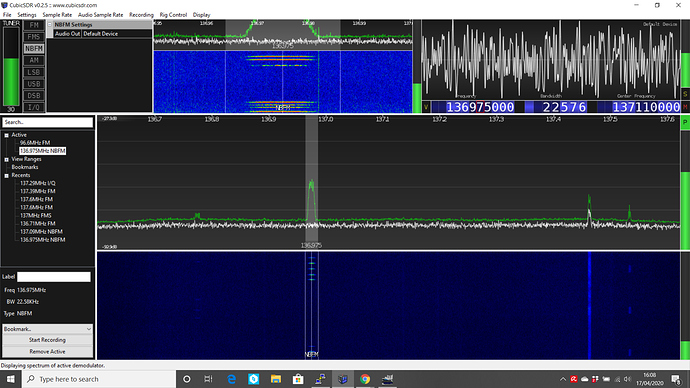

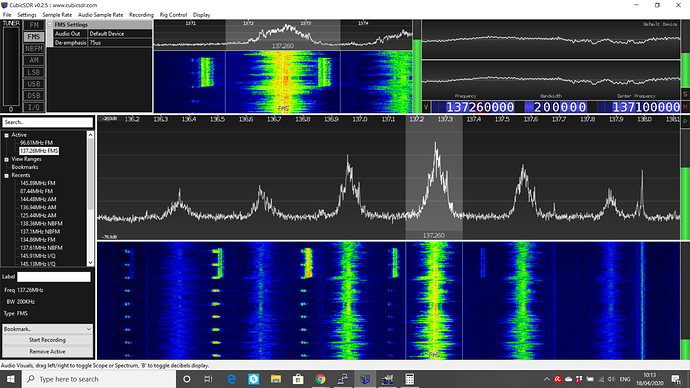
 . So I now need to fix that (or just remove it) and try again. Nothing like being six levels deep into your original problem. I’ll probably find I’ll just remove the LNA and FM block for this VHF antenna and save it for another, but I do want to play to see what the best I can get is first.
. So I now need to fix that (or just remove it) and try again. Nothing like being six levels deep into your original problem. I’ll probably find I’ll just remove the LNA and FM block for this VHF antenna and save it for another, but I do want to play to see what the best I can get is first.



